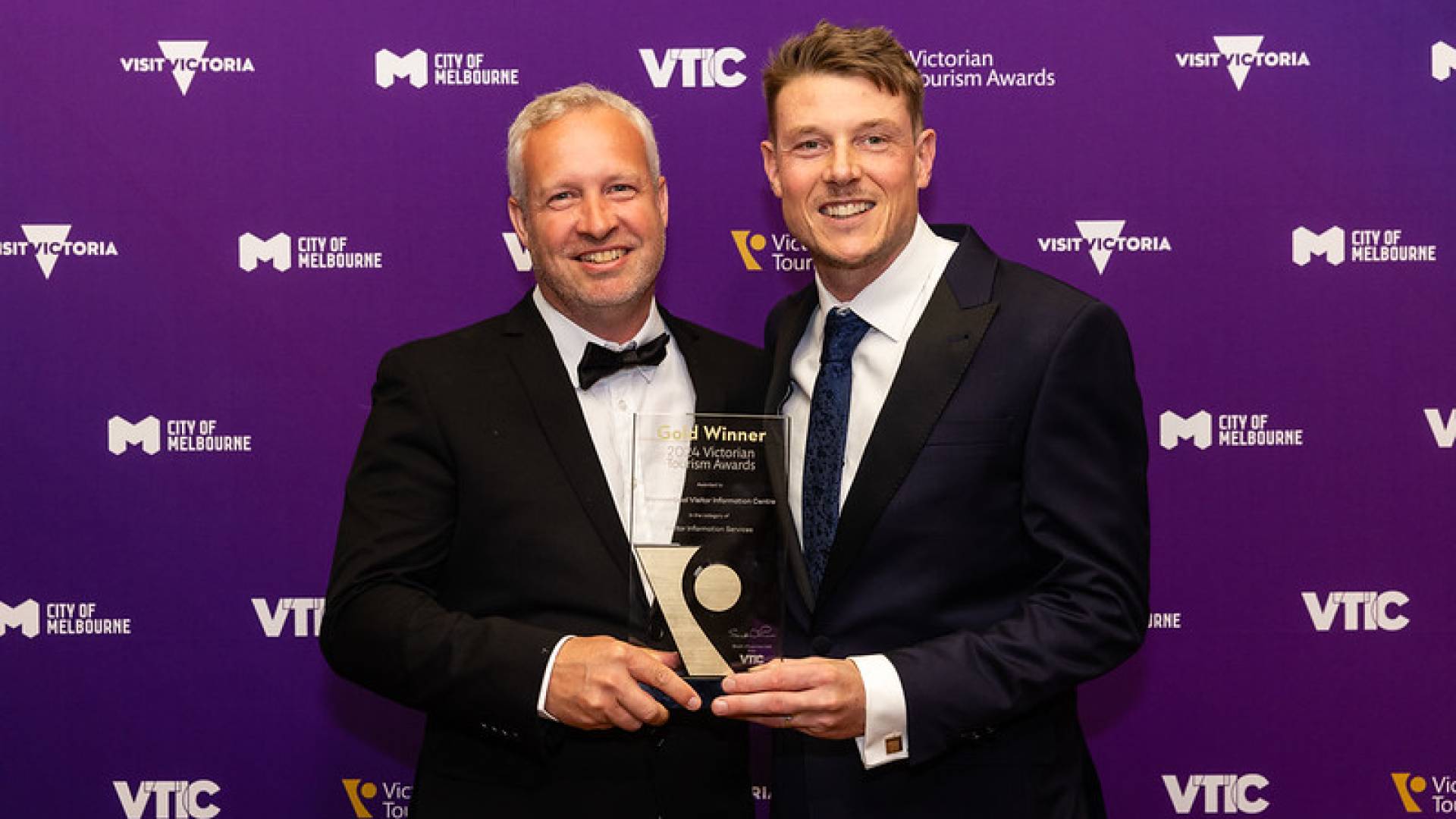The new building of the Max Planck Institute for Physics was officially inaugurated at the Garching campus near Munich.
In the presence of guests of honour Markus Söder, Minister President of Bavaria, Markus Blume, Minister of State for Science and the Arts, and Patrick Cramer, President of the Max Planck Society, the inauguration of the new institute building, which the Max Planck Institute for Physics (MPP) will move into at the end of 2023, took place yesterday, June 27, 2024.

Ceremonial handover of keys for the new building: From left to right, Dietmar Gruchmann, Mayor of Garching; Simone Schwanitz, Secretary General of the Max Planck Society; Markus Blume, Bavarian Minister for Science; Markus Söder, Bavarian Minister President; Patrick Cramer, President of the Max Planck Society; Dieter Lüst, Managing Director of the Max Planck Institute for Physics; Claudia Felser, Vice President of the Max Planck Society.
© Axel Griesch
In his speech, Patrick Cramer highlighted the institute’s unique history and emphasized its pivotal role in pioneering new research fields, establishing new Max Planck Institutes, and fostering innovation. “The new building symbolizes the institute’s future and research potential. Here, the next generation of researchers can pursue their ideas. The impact of the knowledge gained on our understanding of the world and its implications for science and society are boundless.”
Both politicians, Markus Söder and Markus Blume, conveyed their congratulations on the successful completion of the building. “Research into the formation of the earth, dark matter, and space projects is conducted here in state-of-the-art laboratories. All of this aims to explain our world and improve it. The Max Planck Society stands among the world’s top institutions for fundamental research,” stated Söder. “Bavaria firmly believes in the future: through the High-Tech Agenda alone, we are investing 5.5 billion euros in science and technology. This is Germany’s largest research program, attracting scientists from around the globe.”
Science Minister Markus Blume stated, “The inauguration of the new Max Planck Institute for Physics marks significant progress. The Max Planck Society represents the pinnacle of scientific achievement, forging Nobel Prize winners and driving progress in our nation”, emphasized Minister of Science Markus Blume. “Garching is the perfect location for the new institute, where Max Planck’s exceptional basic research meets industrial users and our Bavarian universities of excellence-a unique innovation ecosystem.”
A new home on a thriving research campus
In his welcome address, Dieter Lüst, Managing Director of the MPP who oversaw the project’s construction phase, thanked the Free State of Bavaria and the Max Planck Society for their financial support and the successful realization of the new building at the heart of the vibrant Garching research campus. He emphasized the positive impact of proximity to other research institutions focused on physics-the LMU, TUM, and neighboring Max Planck Institutes (MPI) for Astrophysics, Extraterrestrial Physics, Plasma Physics, and Quantum Optics.
“The exchange with scientists working on similar or related topics has significantly intensified,” noted Dieter Lüst. “This contributes greatly to deepening existing collaborations and initiating new research projects, such as at CERN in Geneva, the search for new particles like dark matter, research into black holes, laser physics, or the development of new accelerators using high-energy plasma fields.”
The Institute founded by Albert Einstein in 1917
With the move to the new building at the Garching Research Center, MPP bids farewell to its 65-year tenure at the Englischer Garten in Munich, closing a chapter in its rich research history. The new location is in close proximity to three other Max Planck Institutes-Astrophysics, Plasma Physics, and Extraterrestrial Physics-established in the last century after separating from MPP.
Founded by Albert Einstein in Berlin in 1917, the institute initially relocated to Göttingen post-World War II. Under long-time director Werner Heisenberg, MPI for Physics moved to Munich in 1958, specifically to the Schwabing/Freimann district. MPP will continue its research activities at the Garching Research Center.
In addition to strategic advantages, practical considerations also influenced the relocation decision. The old building on Föhringer Ring in Schwabing/Freimann had outgrown its space and modernization needs.
Common spaces for vibrant exchange
The new building, designed by Munich-based architectural firm Brechensbauer Weinhart + Partner Architekten, is divided into two units, enclosing the facade like a brace. The larger unit houses the state-of-the-art laboratory wing and offices, while the workshop building for various departments is located adjacent, accessible through several interior and exterior entrances.
The spacious, light-filled building provides ample space for informal meetings and discussions crucial to research. Several common rooms have been set up, including 11 seminar rooms of varying sizes, multiple tea kitchens and seating areas, and the popular Café Heisenberg in the central entrance hall.
The Max Planck Society financed this major project. The Science Conference, comprising federal and state government representatives, made decisions on research funding and science policy strategies. The total cost for the new building was 72.8 million euros.








